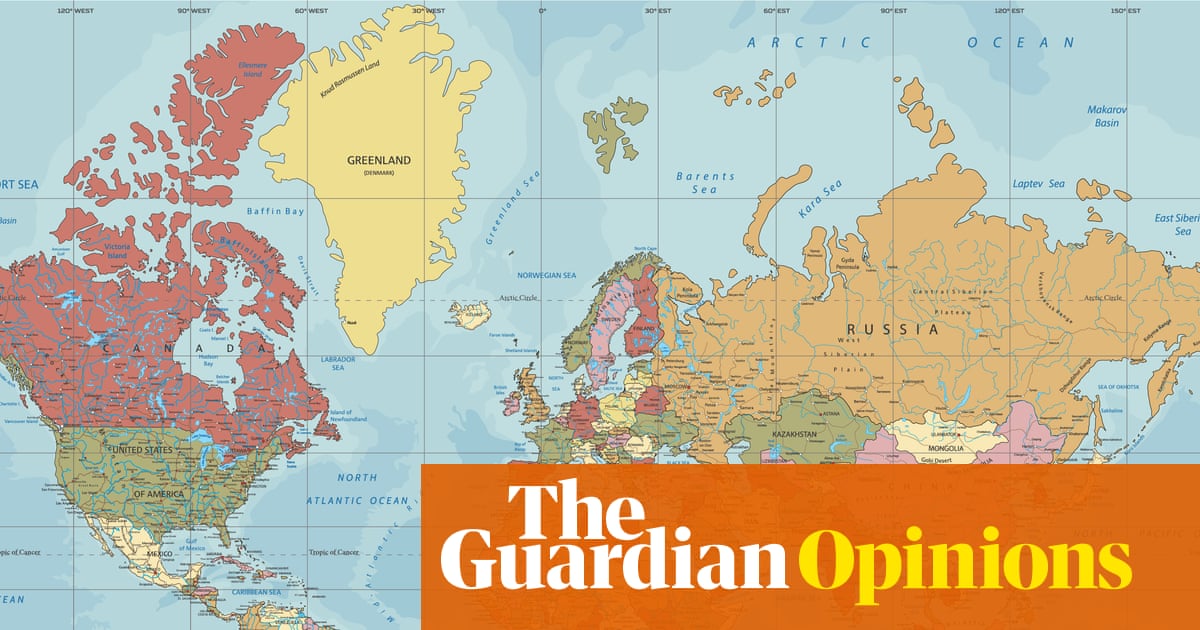
"The Mercator projection, devised in the 16th century to help European sailors navigate their way to conquest and commerce, has quietly shaped how we see the world for centuries. By stretching the higher latitudes and squeezing the equatorial belt, the Mercator projection distorts the relative size of continents. Europe and North America loom vast, while Africa and South America shrink."
"Cartographic distortion would be forgivable if it were confined to sailing charts. But for generations of policymakers and of children the world has been presented through a lens that flatters the powerful and diminishes the rest. The academic Mark Monmonier, in his book Rhumb Lines and Map Wars, counters that empires were driven by politics and economics more than classroom atlases a point echoed by critics who say Mercator has become overrated as a tool of western imperialism."
"It is true that colonialism didn't need maps to justify itself, but maps helped to naturalise its worldview. There are also better alternatives to Mercator. The Equal Earth projection, introduced in 2018, gives a truer sense of area while retaining a visually intuitive layout. Earlier attempts, such as the Goode homolosine or the Peters projection, made similar efforts to redress the balance. None is perfect. Representing a sphere on a flat plane requires compromise."
The Mercator projection, created in the 16th century for European navigation, stretches higher latitudes and compresses the equatorial belt, exaggerating northern landmasses and shrinking Africa and South America. Greenland often appears similar in size to Africa despite Africa being about fourteen times larger. That distortion has shaped public perception and policymaking by presenting a north-centered, enlarged view of Europe and North America. Critics note that empires relied on politics and economics more than classroom atlases, yet maps contributed to normalizing imperial worldviews. Alternatives like the Equal Earth, Goode homolosine, and Peters projections present truer area relationships while acknowledging unavoidable compromises in flattening a sphere.
Read at www.theguardian.com
Unable to calculate read time
Collection
[
|
...
]